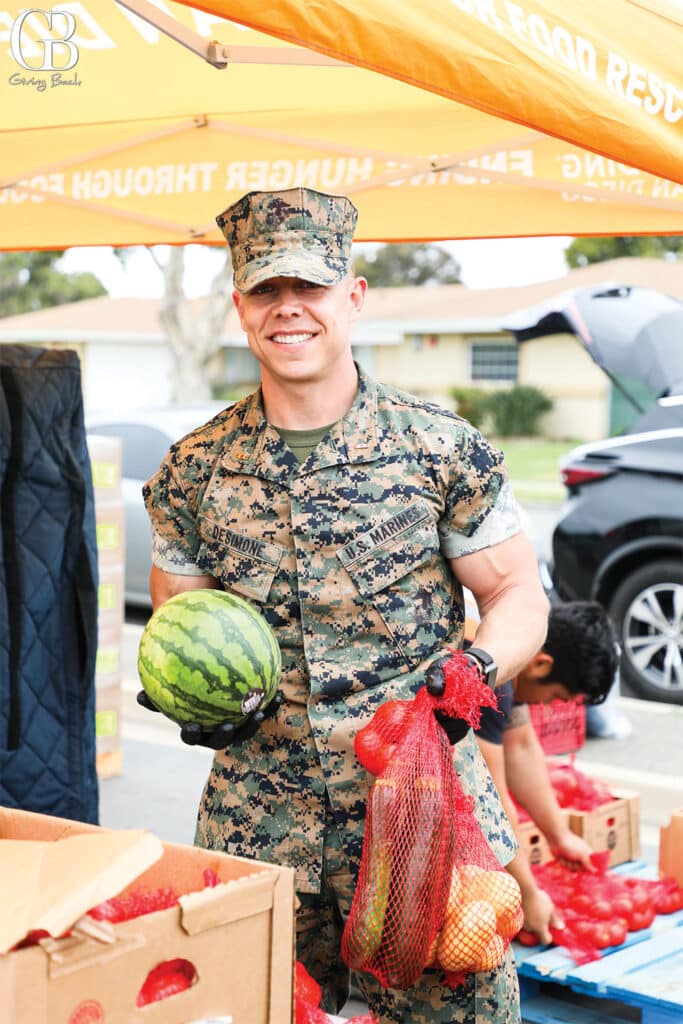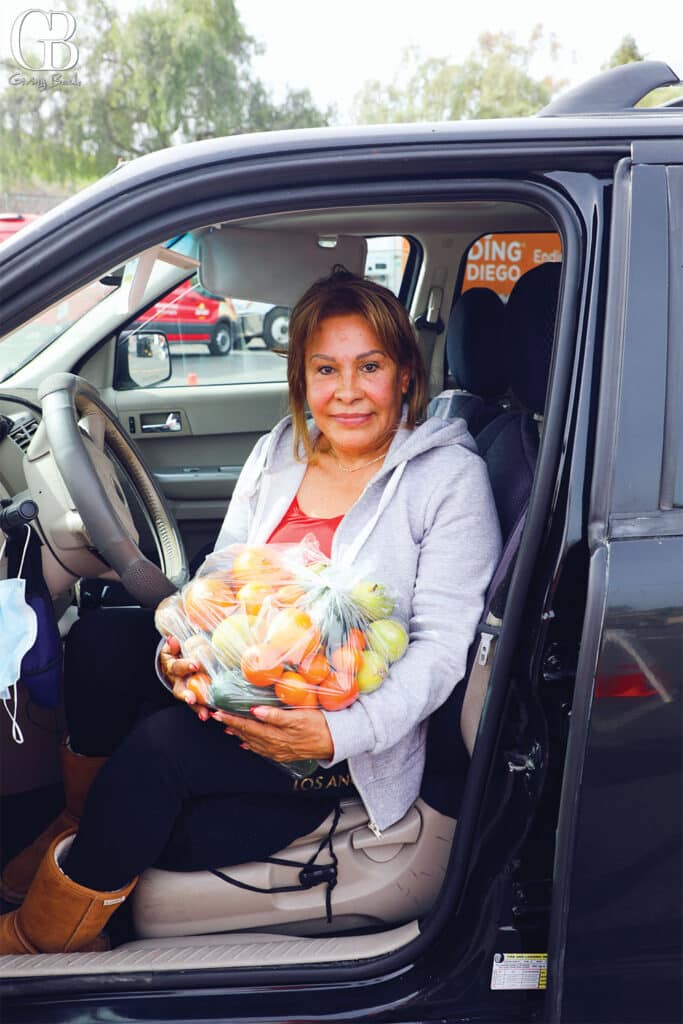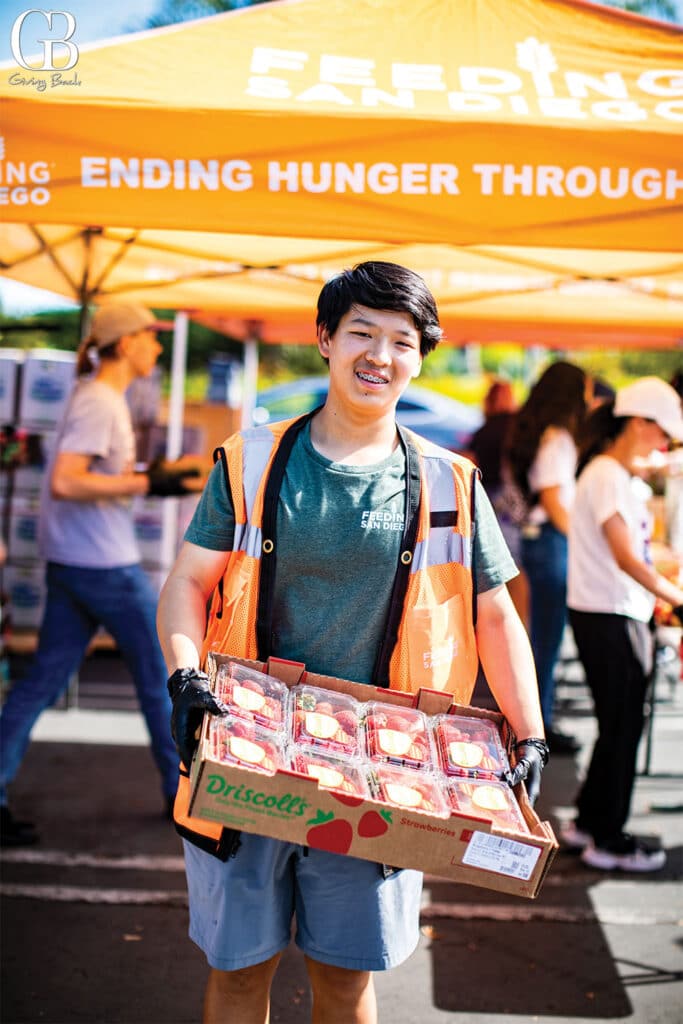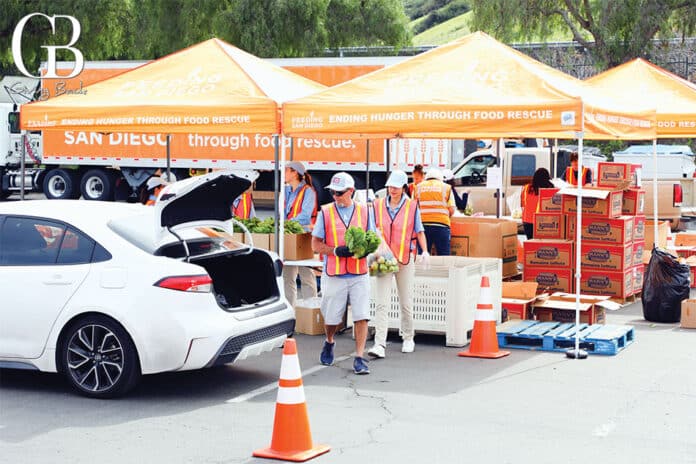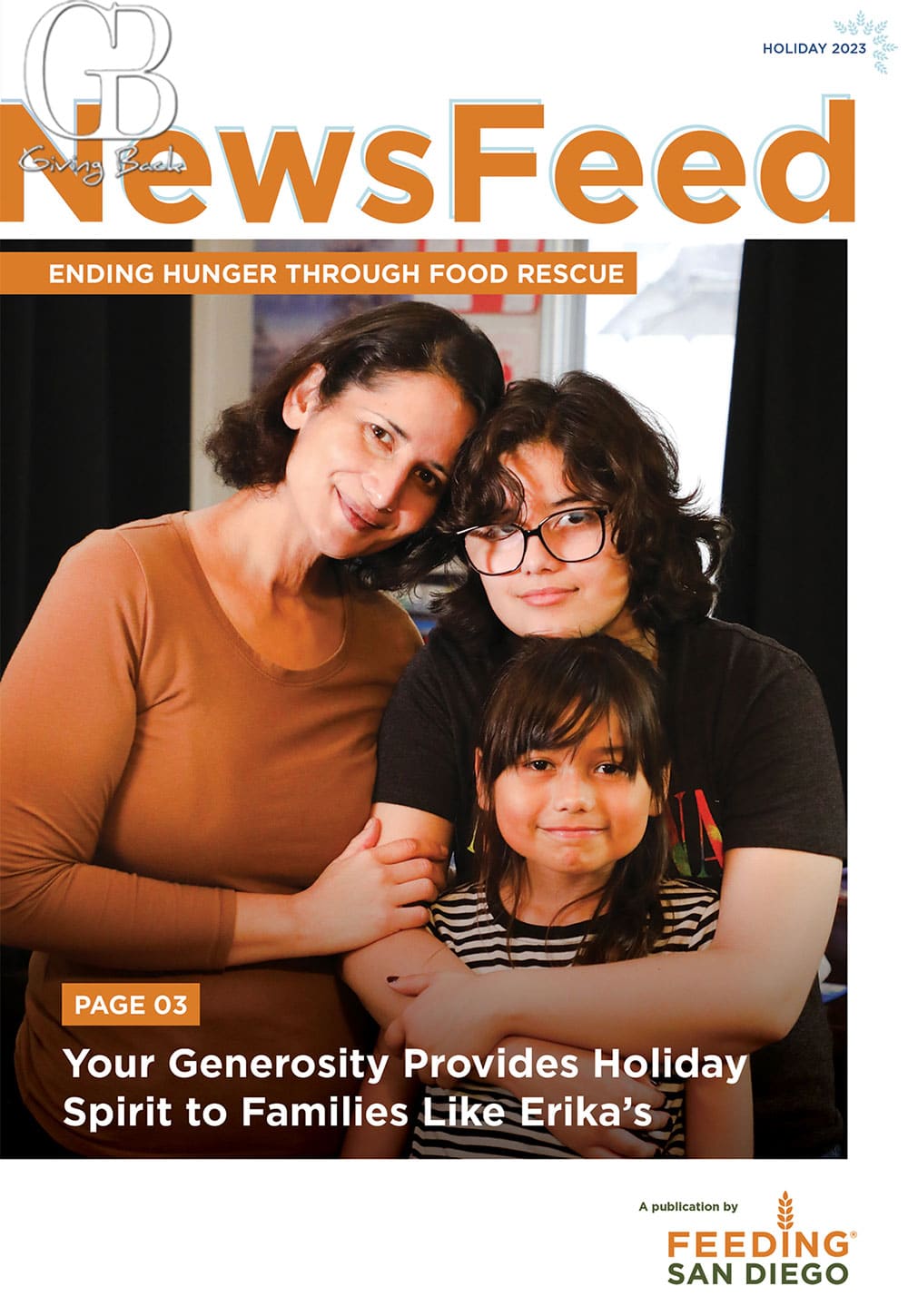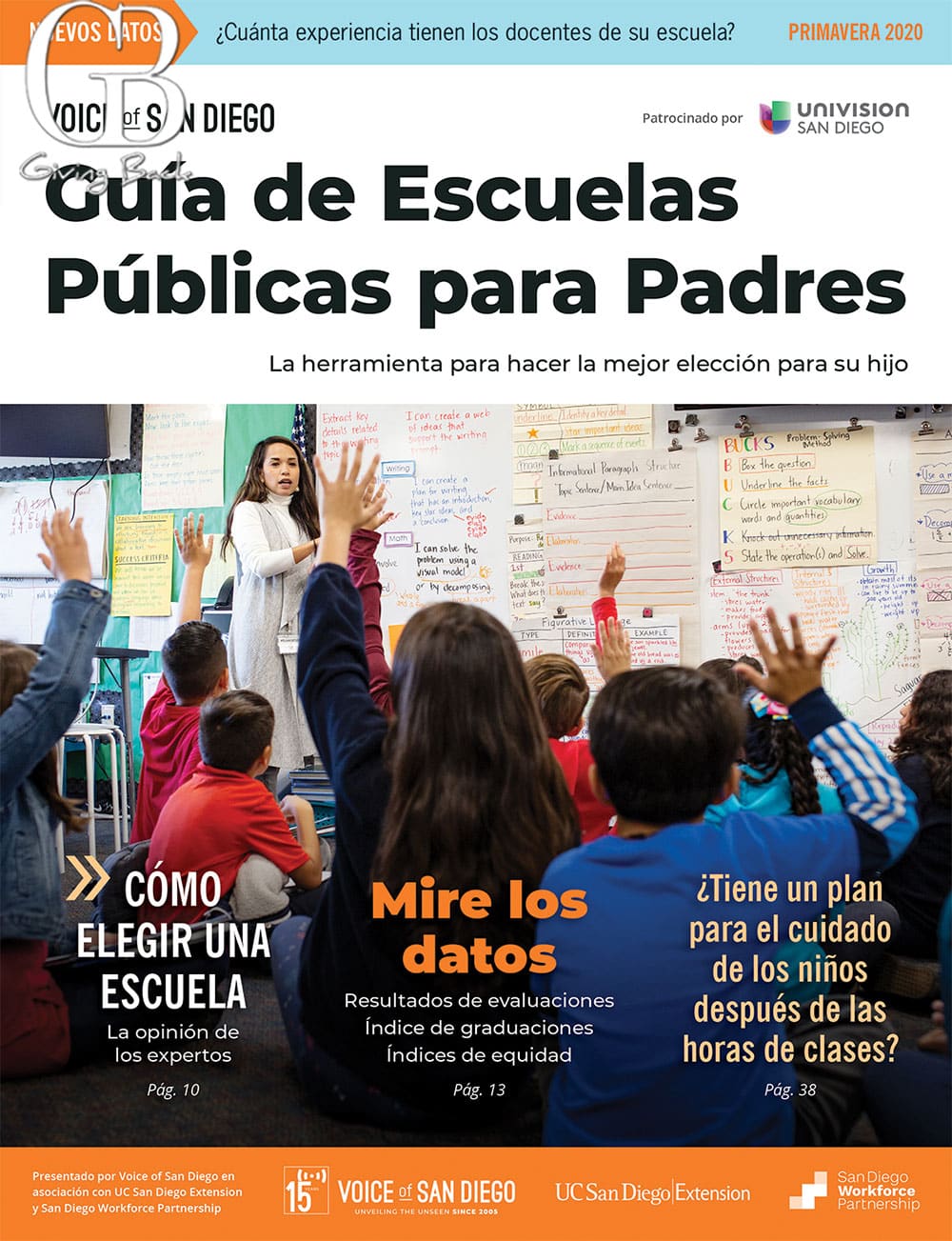With more than 330,000 people facing hunger in San Diego County, Feeding San Diego is rescuing surplus food to provide hunger relief.
Here is a mind-boggling fact: according to the U.S. Food & Drug Administration, food is the single largest category of material placed in municipal landfills. This food represents nourishment that could have helped feed families in need, such as the more than 330,000 people in San Diego County who are experiencing food insecurity. Feeding San Diego, the county’s leading hunger-relief and food rescue non-profit, prioritizes rescuing food as a sourcing strategy because it is one of the greatest solutions to help end hunger, while also protecting the planet. Already this fiscal year, Feeding San Diego has distributed 26,630,848 pounds of food, the equivalent of 22,192,374 meals, to help support families in need. This includes Eulalia, a food recipient who gave insight into the paradox.
“It is not good to throw out food because a lot of people and a lot of families do not have enough, including myself,” she shared. “There are times that I do not have food. We eat everything Feeding San Diego gives us.”
Hunger-relief must be fueled by food rescue because hunger is not a sourcing problem, it is a distribution problem. You might be surprised to learn that the food Feeding San Diego’s network rescues is the same food you buy at the grocery store or a restaurant. Food rescue requires immediate action – Feeding San Diego’s sourcing team receives unexpected calls daily from food donors who have donations to give, quickly. Food is perishable, businesses must adhere to sell by dates, and American consumers expect only the best when shopping at the grocery store. All these factors create an environment that necessitates food rescue.
Feeding San Diego stakeholders are increasingly interested in mitigating food waste, especially young volunteers. Arthur Wang, a 16-year-old volunteer lead with Feeding San Diego, runs a Produce Pantry that provides fresh produce at Feeding San Diego’s Sorrento Valley headquarters every Saturday.
“Instead of food being thrown into the trash, Feeding San Diego rescues surplus food and redistributes it to folks in need. What is even better is that non-edible food can go to farm animals,” he shared with GB Magazine. “My whole experience with Feeding San Diego started in eighth grade. Our school provided a free lunch program, and when the lunch service was over, I noticed all the food waste in the trash. I researched online and found out that 30 to 40 percent of all food produced goes to waste. That is approximately 133 billion pounds of food wasted each year!”
Feeding San Diego rescues food three ways: food distribution partners do fresh rescue themselves; staff drivers pick up rescued food; and MealConnect volunteer drivers do pickups. The strategy is to connect food donors to the partner that is closest to them to keep food local and lessen the impact on the environment. With 370 food distribution partners throughout San Diego County and more than 600 food donors, Feeding San Diego makes the connection between the food donor and the partner that can get the food to people in need the fastest. In its last fiscal year, 70% of the food distributed was rescued, with the remaining 30% gap filled by purchased food. Currently, there are over 800 scheduled food rescue pickups every week!
“We have so much food in this country, but people waste it. It is really bad, because hunger is everywhere,” shared a food distribution recipient named Oliver.
Want to help? Feeding San Diego is powered by generous donations from the community and welcomes volunteers ages six and older at its Sorrento Valley distribution center. Visit www.feedingsandiego.org to learn more.

